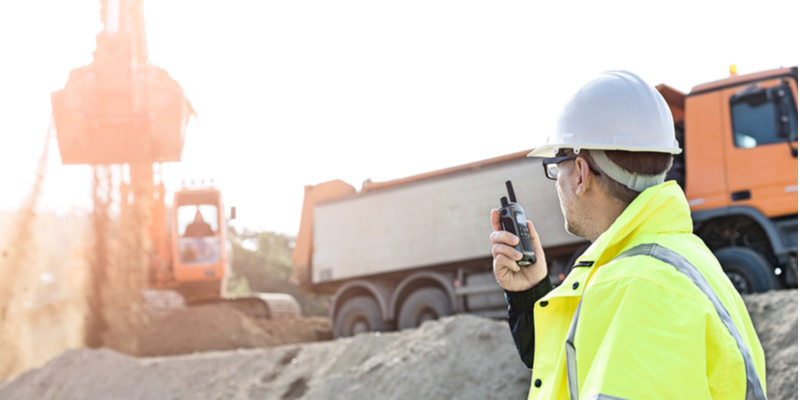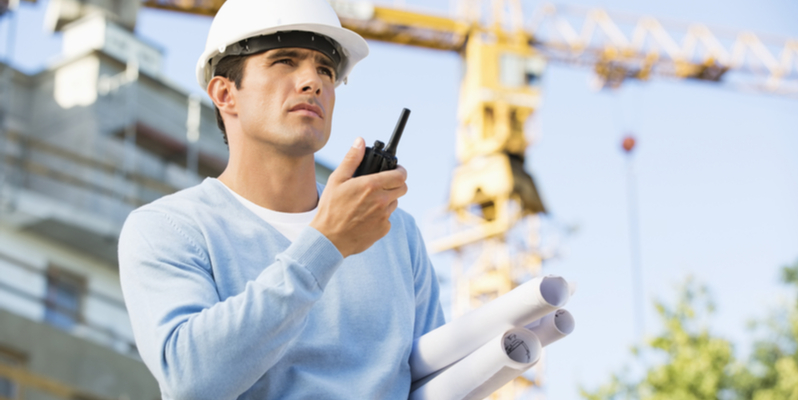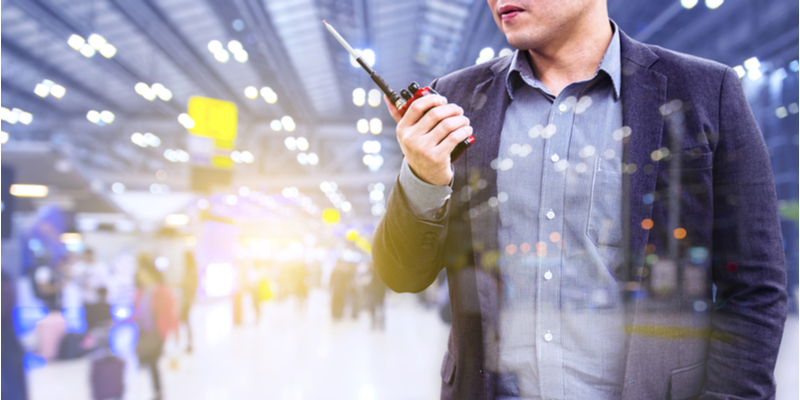Two-way radios make it easy to send and receive messages in an efficient manner. However, adding radio headsets to the mix will help you get even more use out of your radios. There are many benefits to radio headsets, including more private conversations, added comfort, and hands-free accessibility.
5 Benefits of Using Radio Headsets
Right off the bat, it’s important to understand that there are various reasons that you should consider using radio headsets for your two-way radio system. Below, we will discuss 5 of the most relevant benefits of using radio headsets. Keep these in mind while determining whether or not this is the best option for your needs.
1. More Private Means of Communication
When you use a radio headset, one of the most inherent benefits that you will receive is the ability to communicate privately while minimizing eavesdropping. Therefore, if you need to use your two-way radios in a location where bystanders could otherwise access sensitive information, it is highly recommended to use headsets.
2. Lightweight and Comfortable to Wear
Many people have a misconception that using radio headsets will add extra bulk. In reality, radio headsets are very lightweight and generally very comfortable. Therefore, they can be comfortably used all day without putting too much strain on your work efforts. Just make sure to consider the weight and comfort features of a radio headset before using it, as there are many different options on the market.
3. Keep Your Hands Free
Perhaps the most relevant benefit of using radio headsets is that they grant you the ability to keep your hands free. Otherwise, you’ll spend time grabbing the two-way radio, adjusting the volume, pressing the button down to talk, and so on. This can get in the way if you need to keep your hands-free for other things on the job. For this reason, radio headsets make it much easier to get things done.
4. Better Sound Quality and Word Recognition
Using a radio headset allows you to have a direct line of audio that goes straight to your ears. Without this, it is easy for audio quality to decrease depending on the health of your radio’s speaker. Therefore, it is recommended to use radio headsets if you want to experience the utmost sound quality possible.
In addition, having a radio headset will help you to recognize words much more easily. This is due to the fact that the audio is being projected right into your ears. If you have hearing problems or are working in a potentially loud environment, having a headset can make it much easier to listen to messages.
5. Higher Productivity
One of the most logical reasons to consider using radio headsets for your remote two-way radio system is that it allows you to save some time for the task at hand. Think of it this way, if you are constantly adjusting the volume, pressing buttons, and moving the radio back and forth to communicate, you will naturally start to lose time.
Therefore, those who are passionate about productivity should see two-way radio headsets as a great means to make the most out of your time.
Rent two-way radios with all accessories from Highland Wireless – contact us today to learn more.





